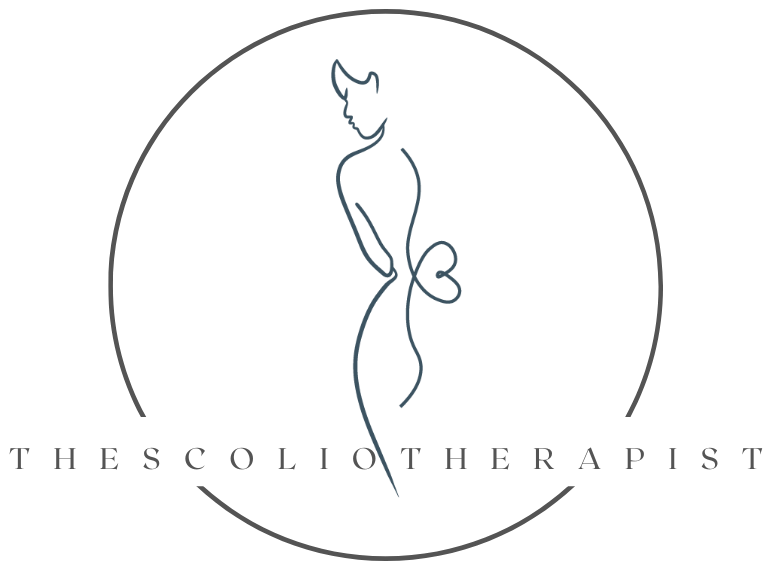Are inversion tables good for scoliosis?
It was my birthday last Wednesday and it was a fun week getting to celebrate with my friends. I want to thank each one of you who has been a part of making this year so special for me! I appreciate every message, phone call, and voice text I received from you all. You are the best community and I am so so grateful for each and every one of you!
I always get reflective when my birthday rolls around each year and I can’t get over how much can change in a year. As far as my business Mindful Movement goes, we have transitioned from seeing clients in an only private format, to also doing small group scoliosis coaching based on your curve type.
I’m not going to lie, I was pretty uncertain about how the small group coaching would go with scoliosis being so complex, but it has turned out to be better than I ever could have imagined. There is something very powerful about having more than one person working toward the same goal. Yes, everyone has scoliosis and the same curve type, but everyone comes with a different background that helps to make the group dynamic and a wonderful learning experience. In fact, I have one group that gets along so well they pretty much want to keep training together indefinitely.
Their first 6 months wrapped up at different times and they all want to start the advanced phase all together! I LOVE getting to do what I do. It’s the best gift I could ask for.
Here are the progress photos from one of the members who just finished up her first 6 months:
Pretty amazing, right?!
Last week we spoke about how essential breathwork is to include in your scoliosis exercise program. Click here to check out that post. This week we are going to talk about another pillar of scoliosis specific exercise, and that is elongation. I’ll touch on how it works, why it’s important, and a few variations of elongation you want to stay away from.
I always tell my clients when they’re first starting that if they don’t remember anything else I say after that first visit other than how to elongate, they are doing GREAT. They are already 80% of the way there. Imagine the coils of a slinky. What happens when you pull the coils apart from each other?
The coils get longer and straighter.
That’s what happens to your curve when you elongate. Your curve gets longer and straighter toward neutral! It is beautifully simple. But yet, somehow we still complicate it.
If you just think about elongating the majority of the day and not resting in your curve, you are doing so much good for your spine without getting into the nitty gritty specifics of your corrections.
Usually the next question I get from someone is, “Sooo what do you think about me using the inversion table or hanging from a pull up bar without my feet on the ground?”
While hanging from the pull-up bar is better than using the inversion table because you’re at least using some muscle activation, I will tell you to stay away from doing both of these things. I can totally understand why you would think these would be beneficial because it is a form of elongation. The trouble is, your transition zones.
I know, what the heck is a transition zone?
This is the area where your curve transitions or changes from going one direction to the other. You could think of a “weaker link”. These segments of your spine are often more mobile than the rest of your curve and are a common spot for pain. When you purely hang from your feet without engaging any of your muscles, you tug at your weak link. Then, when you come out of that position, it’s common to experience something called “rebound effect”. It feels like a muscle spasm. After all of your muscles are held in a lengthened position for a period of time, they recoil and become even tighter than they were before.
It isn’t fun.
Are you interested in learning ways to elongate in a way that is helpful for your scoliosis? Click here to schedule a FREE discovery call to see if it would be a good fit to work together on your scoliosis.
